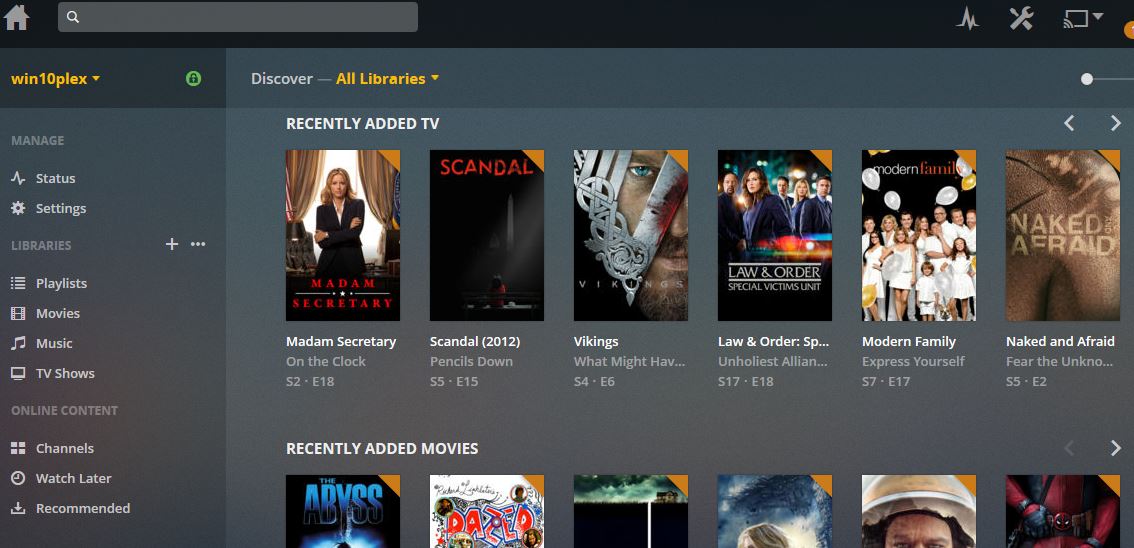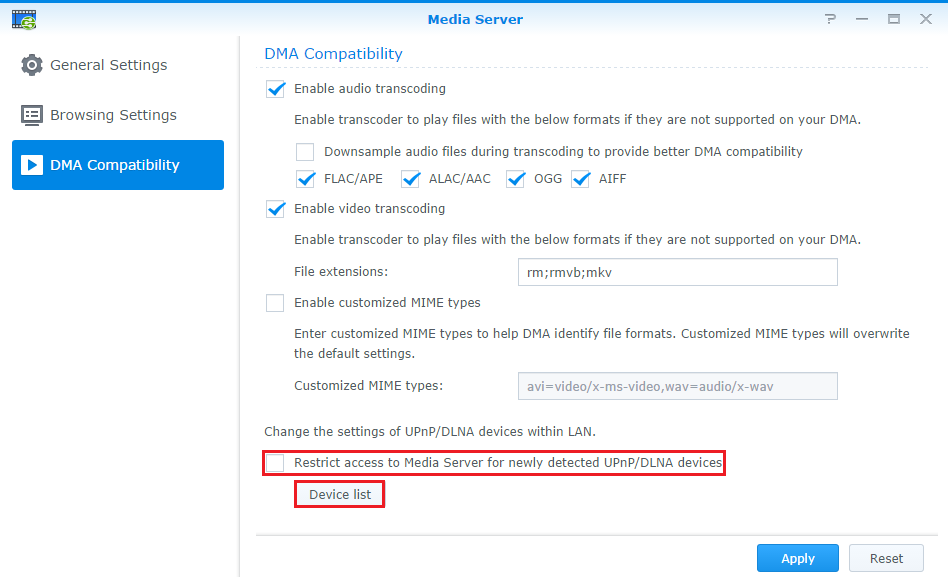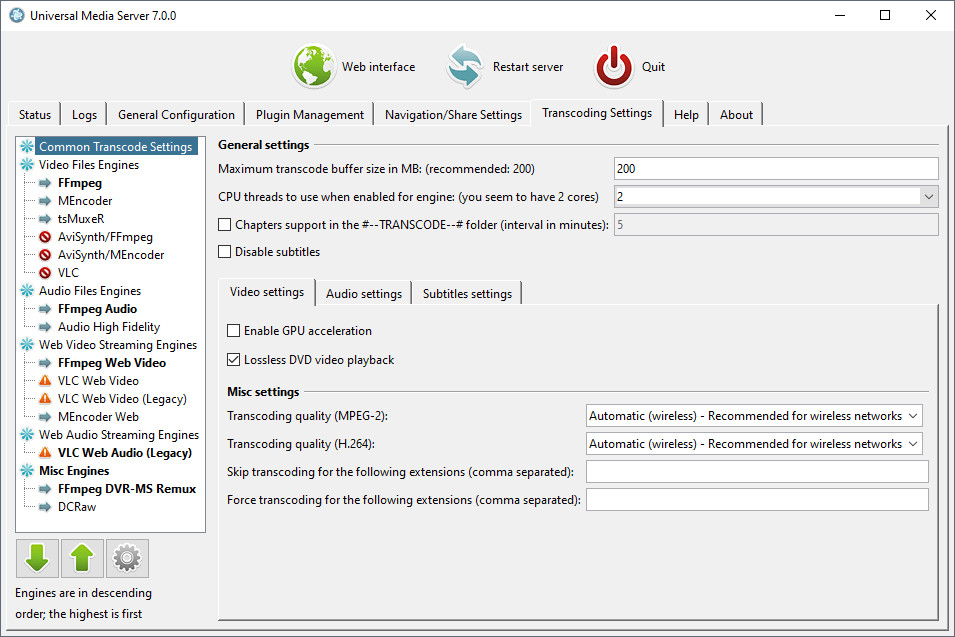

Full DLNA support - only browsing/playing supported at the moment.Although it should be easy enough to come up with something based on ffmpeg and the various freely available image libraries.Should be relatively easy to code up additional media sources, like podcasts.Serving of any and all file-system addressable files, incl.Thumbnailing support for images and videos - if ffmpeg is found in the search path -, using any stream as input.Zero-config DLNA Server without persistent state (optional cache).(This probably won't work too well on non-Windows platforms )įeel free to contribute something that works better for your preferred platform.Īlso, you'll want to have a working ffmpeg binary somewhere within your $PATH, so that video thumbnailing and information gathering works. Serve videos from dir1 and dir2 (and subdirectories), storing meta data and thumbnails in the persistent cache store cache.sqlite. Serve images and audio files from the current directory and subdirectories, organizing files by title. Serve videos from current directory and subdirectories

Then there is Mono.UPnP, which didn't really work, and the Intel(?) Developer Tools for UPnP, which seemed kinda nice at first, but turned out to be coming straight out of over-engineering hell, in my humble opinion.Īnd so I decided to write my own server, borrowing some ideas from Coherence, reading some of the UPnP specs and reverse engineering the various protocols involved (yuck, SOAP :p) by watching my TV interact with Coherence and Serviio under Wireshark.Īnd since I was at it and this is supposed to be an educational and "fun" project, I decided to do what you shouldn't normally do: Re-invent the wheel by writing my own small http server implementation insead of using the framework one. Also, python dealing with Unicode paths on Windows pretty much sucks. The Coherence python project seemed to be a good starting point, but was already to complex for what I was trying to achieve. Also there wasn't really a decent enough and uncomplicated enough open source implementation that I could borrow.

There are some decent servers out there, like Serviio and friends, but none that fit my requirements. Click OK to apply the settings and complete the task.Looking for a simple DLNA server that I could just fire up in some directory, watch some files on my TV and then be done with it, I came up empty. Click the Turn on media streaming button to enable DLNA on Windows 10. Search for “Media Streaming Options” and click the result to open Control Panel on that section. How to enable media streaming on Windows 10 Open Start.

Can I run Windows Media Center on Windows 10?.How do I turn on miracast on my computer?.


 0 kommentar(er)
0 kommentar(er)
